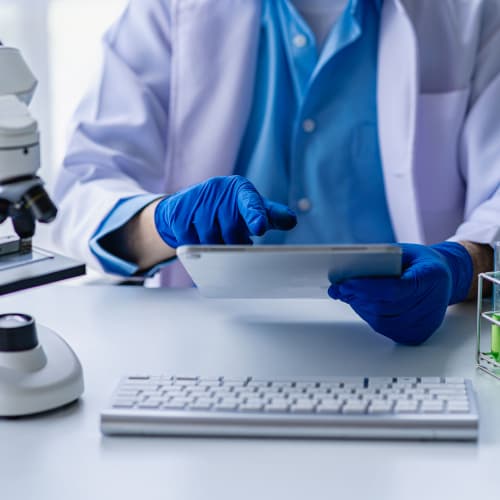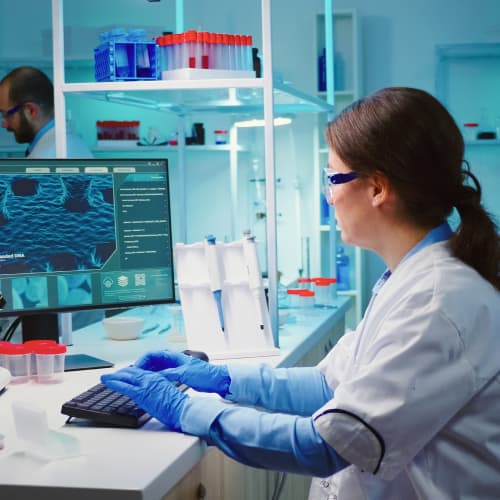In chromogenic testing, a reagent is added to the LAL. Once the sample is added, if endotoxins are present, they will initiate the clotting reaction, which will cause the reagent to change color at a rate corresponding to the concentration of endotoxin. Endpoint and kinetic chromogenic testing are available.
In general, gel-clot testing is most suitable for low volume endotoxin testing and scenarios where positive/negative results are required. Turbidimetric and chromogenic testing are better suited for higher-volume testing scenarios, and those where the concentration of endotoxin must be recorded. BA Sciences maintains a deep stable of knowledge in medical device and pharmaceutical testing, including USP <85> testing and many other standards and requirements that your application may require. We are ready to work with you to help you choose the correct method and achieve accurate, certifiable results.

